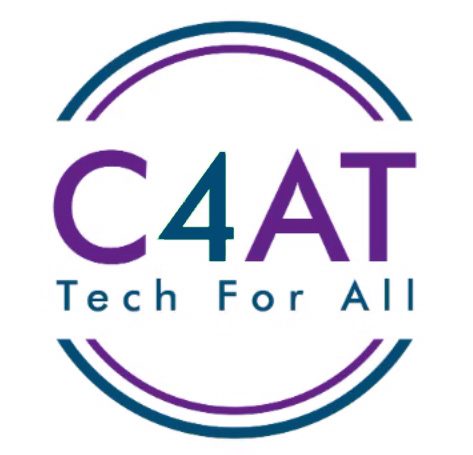Overview
Our approach to website accessibility is well reflected in our own website. In designing our site, we had to make difficult decisions to try and create a site that is usable by people with disabilities, and make it a site that is user friendly to everyone. Even by following available website accessibility guidelines, there is no one point where one can say "Now my site is fully accessible". All sites have to reach the level of accessibility that works best for the site and for the users of that site.
As website accessibility experts, we certainly felt we should go above and beyond any guidelines to create a site that is very user friendly for people with disabilities. We wanted to make our site useable by the widest range of users possible.
The problems that arise in website accessibility are that sometimes a fix for one group of people with disabilities is directly opposite the needs of another group of people with disabilities. For example: some of our blind users have said they prefer having information available on a variety of easily linked pages, to keep it organized. Yet some of our users who have difficulty clicking a mouse have said that it is easier for them to have more information on one page, so they can scroll down, may be easier than clicking between pages. Even among people with similar disabilities, personal preferences often conflict, and so no site will satisfy everyone's idea of the perfect website.
Here is our thinking on how we've addressed the usability features wanted by various people with disabilities:
Screen reader users
The pictures on our site do not have alt attributes because they do not convey pertinent information. . Although some blind users disagree, most people we have spoken with feel that having alt text for unimportant images (for example, "picture of a sunset") makes the site less useable. After all, most people do not go to a website to see images - they want information. The only images that will have alt text is images that convey information that is not also contained in the text.
Color Contrast
Contrast is an important consideration, and making sure all text is easily readable. Guidelines for contrast are a good starting point, but we also vet guidelines by testing potential text with low vision users. There are no absolutes: for example, some people prefer black text on a white background, while others can see better if text is white on a black background.
Resolution
Any low vision users set screen resolution to enhance usability of their computer, so we've tested our site using a wide range of screen resolutions, We also routinely test our site on a variety of platforms, operating systems, etc, to always check that the site works across the board
Organization of the site
Key to assisting anyone using our site, but particularly people who have learning differences, consistency is important site-wide. We've tried to create a site that has the same organization on every page - for example,
- The breadcrumb trail on every page always leads back to the MAIN page, so users can always find the beginning.
- The buttons at the top of the page remain constant throughout the site.
- When another page (either on our site or off the site) is first mentioned, the link is the first mention of that page.
- External sites (links that take the viewer off the C4AT site) are indicated with a symbol, so users know they will be leaving our site by clicking the link.
Mousing Around
People who have difficulties using a mouse or navigating through a site will want information in the easiest manner possible. We've addressed this in several ways:
- On each page, the first sentence gives a summary of what the page is about. This enables people to click to another page without having to scroll to find out if what they want is on that parSticular page.
- Each page has a "TOP" link (to bring the viewer back to the top of the page) so users can avoid scrolling back up, which is particularly important on pages with a lot of text (such as the "At School" page)
- The side links on each page are written to be as descriptive as possible, so users can make correct choices without having to hunt for information.
We're always open to feedback from users, so if you have a question or idea about making our site more accessible, contact us.
